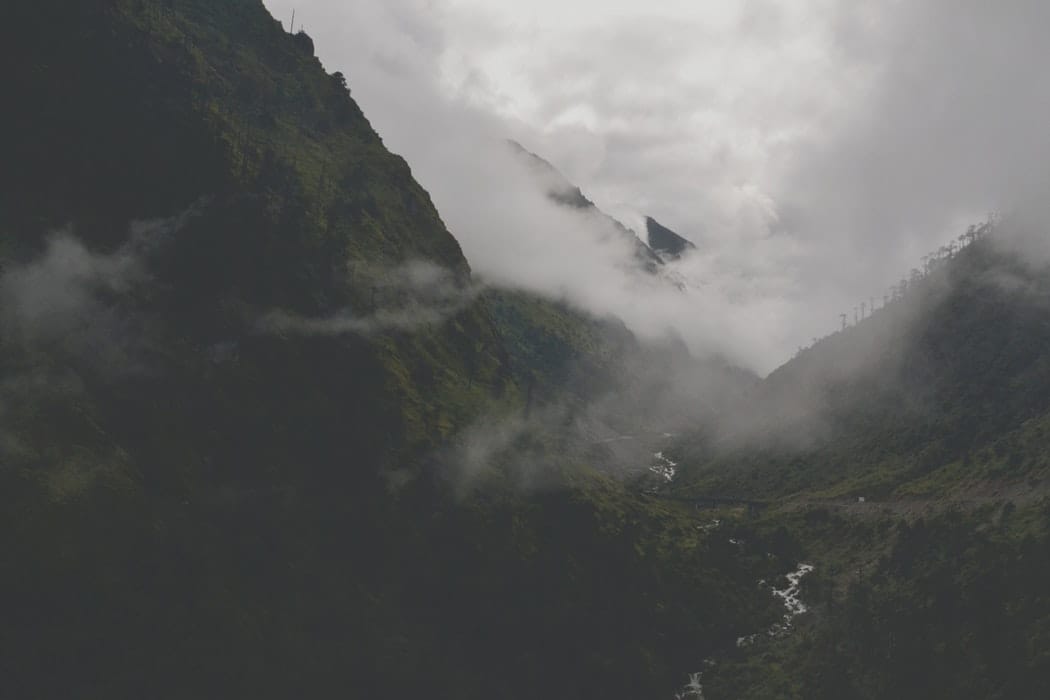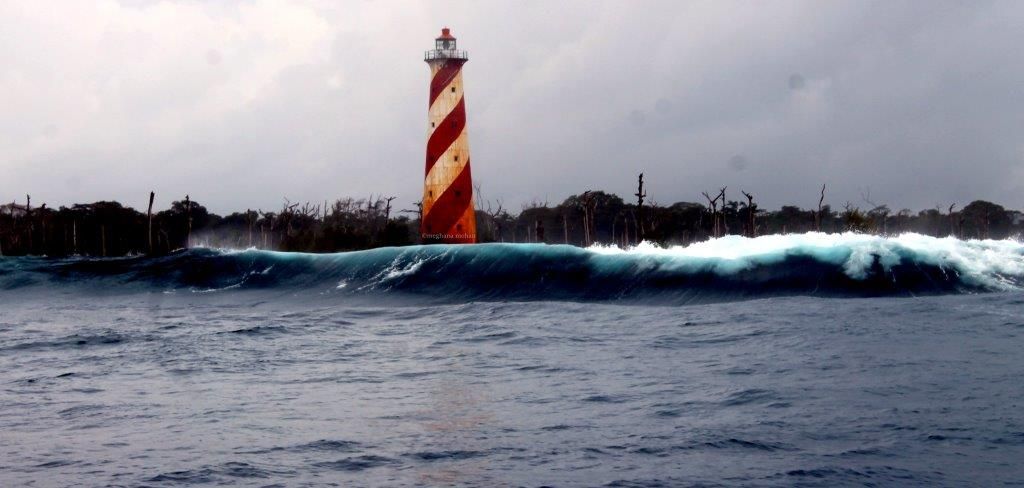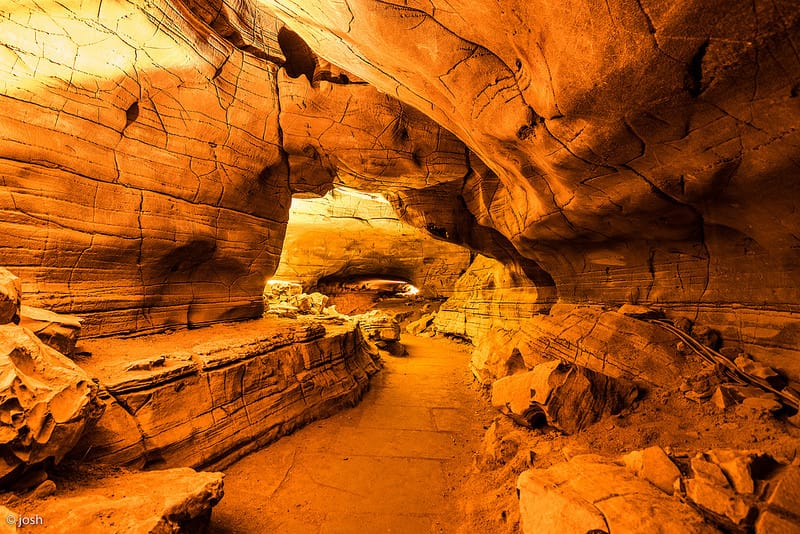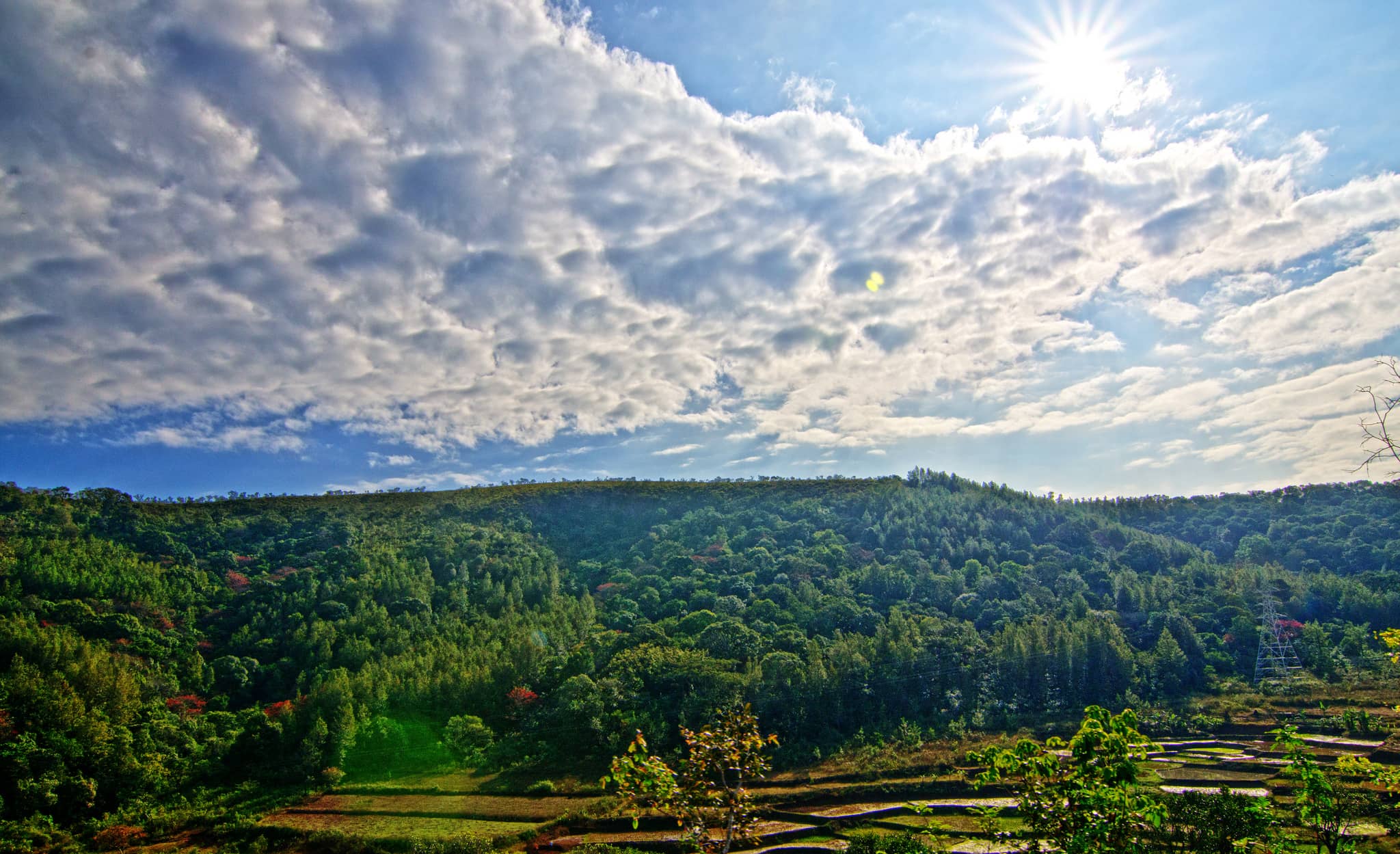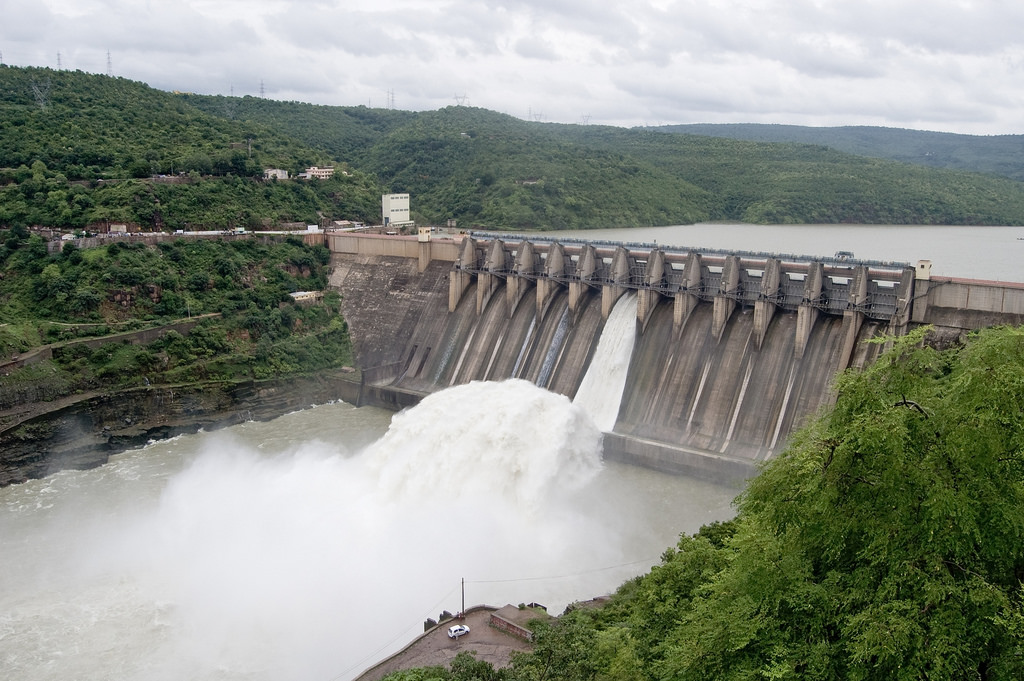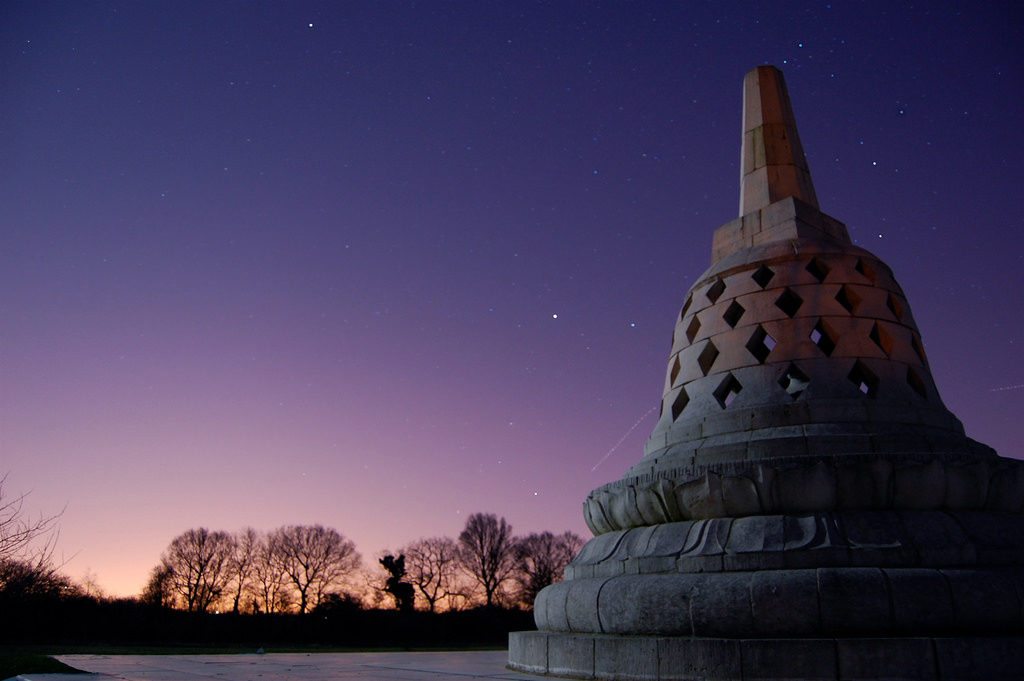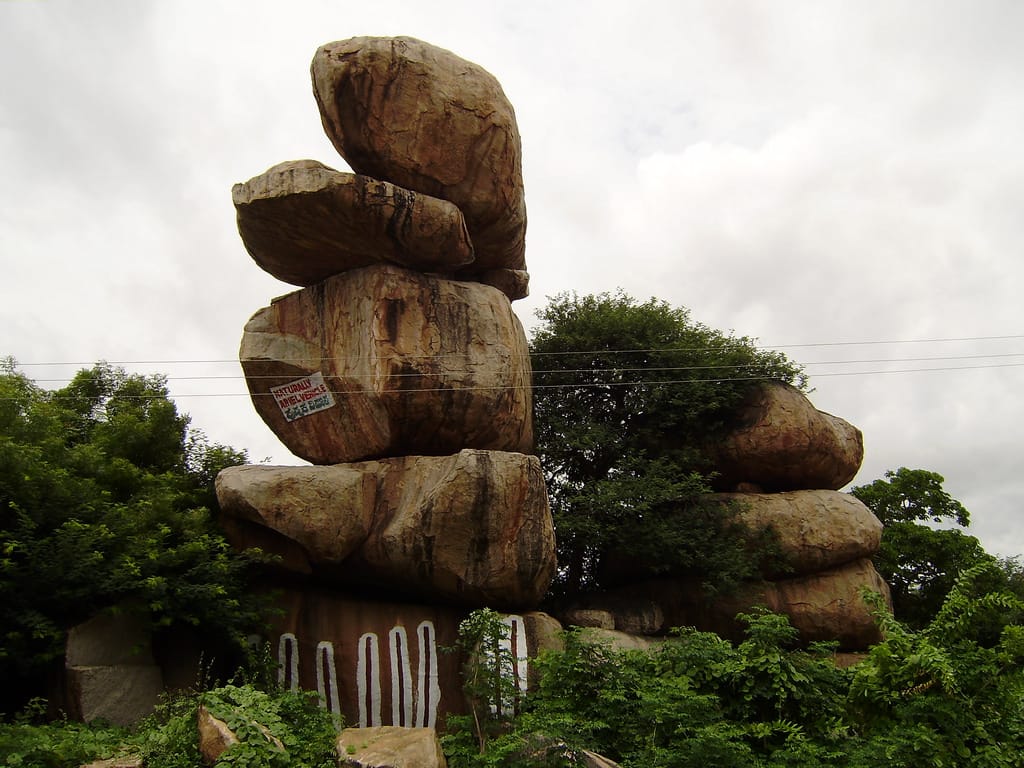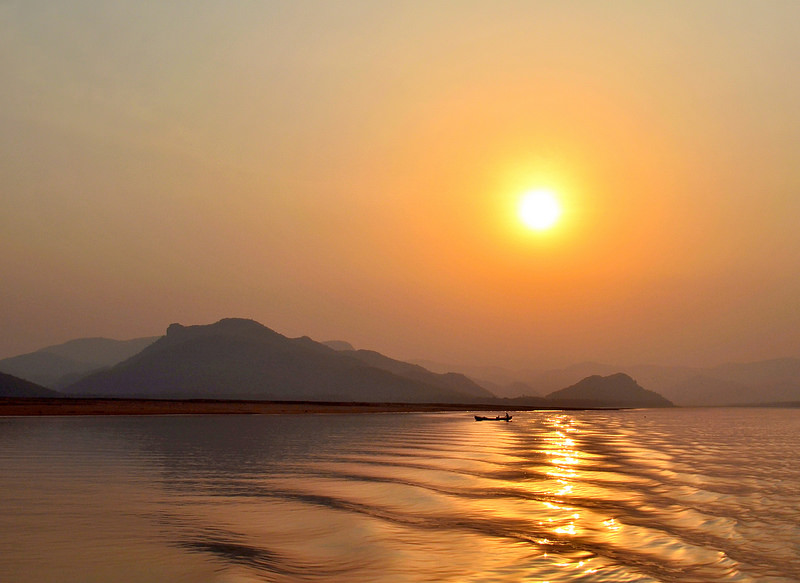Assam is famous for its tea and silk. The state has successfully protected the one-horned Indian rhinoceros from near extinction, along with other species such as the wild water buffalo, pygmy hog, tiger, and various Asiatic birds. It also offers one of the last natural habitats for the Asian elephant. Wildlife tourism plays a significant role in Assam’s economy, especially with Kaziranga and Manas National Parks, both World Heritage Sites. The state’s Sal tree forests remain green year-round due to the abundant rainfall. Assam receives more rainfall than most other parts of India, which nourishes the Brahmaputra River. Its tributaries and oxbow lakes create a unique hydro-geomorphic environment.
places to visit in Assam
Kamakhya Temple
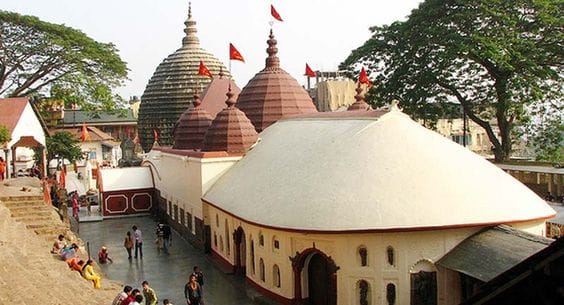
Kamakhya Temple, also known as Kamrup Kamakhya, is a Hindu temple dedicated to the goddess Kamakhya. It is one of the oldest and most revered among the 51 Shakti Peethas.
Srimanta Sankaradev Kalakshetra
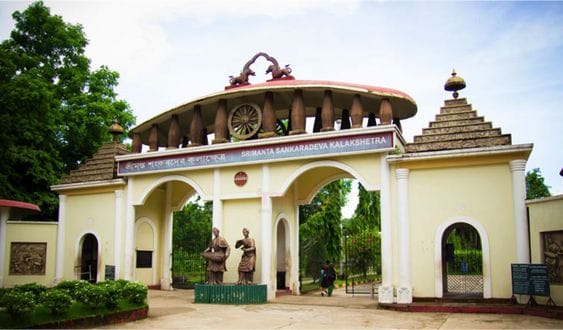
Srimanta Sankaradev Kalakshetra, commonly referred to as Kalakshetra, is a cultural institution located in the Panjabari area of Guwahati, Assam. It is named after the renowned medieval poet, playwright, and social reformer Srimanta Sankardev.
Assam State Zoo cum Botanical Garden
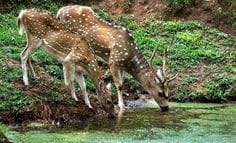
The Assam State Zoo cum Botanical Garden is the largest of its kind in Northeast India, covering 432 acres. It is situated within the Hengrabari Reserved Forest in Guwahati.
Bura Chapori Wildlife Sanctuary

Bura Chapori Wildlife Sanctuary, located in Assam, was established as a reserved forest in 1974 and became a sanctuary in 1995. It is home to the Bengal florican and is a haven for migratory birds.
Mahabhairab Temple
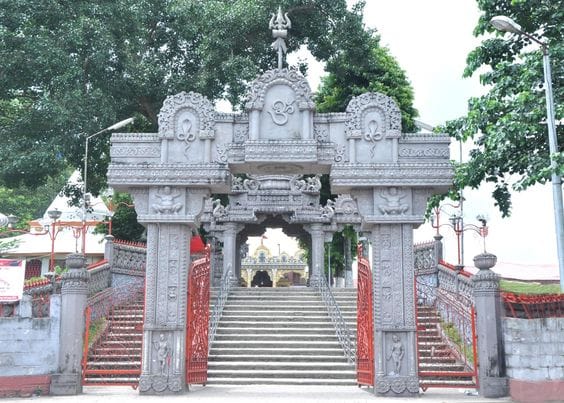
Mahabhairab Temple, located atop a small hill in the northern part of Tezpur, is a significant landmark of the city. It contributes greatly to the area’s charm and beauty.
Hajo Powa Mecca
Powa Mecca, meaning “one-fourth of Mecca” in Assamese, is an Islamic holy site located in Assam. It is believed to contain a portion of the original Mecca in Saudi Arabia.
Hayagriva Madhava Temple
The Hayagriva Madhava Temple is located on Monikut Hill in Hajo, around 30 km west of Guwahati. The present structure was built by King Raghudeva Narayan in 1583.
Gymkhana Club
The Gymkhana Club, located in Jorhat, Assam, was established in 1876 by D. Slimmons. It is a sports venue offering facilities for horse racing, tennis, swimming, billiards, polo, golf, and cricket.
Tocklai Tea Research Centre
The Tocklai Tea Research Centre, one of the oldest and largest tea research stations in the world, focuses on the study of tea cultivation and processing.
Garmur
Garamur Satra, located on Majuli Island, is one of the royal satras and a significant holy site. It was established in 1656 AD by Jayaharideva.
top destinations in Assam
Guwahati
Guwahati is a large city situated on the banks of the Brahmaputra River in Assam, northeastern India. It is known for its religious significance, with famous sites like the hilltop Kamakhya Temple, which houses shrines dedicated to the Hindu gods Shiva and Vishnu.
Sualkuchi
Sualkuchi is a town in the Kamrup district of Assam, located about 35 km from Guwahati on the north bank of the Brahmaputra River. It is a part of the Kamrup district and is known for its weaving industry, particularly for producing Assamese silk.
Hajo
Hajo is an ancient pilgrimage site that is sacred to Hindus, Buddhists, and Muslims. Situated 24 km from Guwahati on the banks of the Brahmaputra River, it is a place of spiritual significance for all three religions.
Tezpur
Tezpur, located in the Sonitpur district of Assam, is known as the cultural heart of Assam. It lies on the northern bank of the Brahmaputra River, about 180 km northeast of Guwahati. The city is surrounded by beautiful Himalayan views during the winter and has several ancient landmarks, including Bamuni Hills, Hazara Tank, Mahabhairab Temple, and Agnigarh.
Jorhat
Jorhat, the last capital of the Ahom Kingdom, is a city in Assam known for its rich cultural heritage. The city is famous for its tea plantations, attracting tourists who wish to explore the authentic flavors of Assamese tea. Jorhat blends traditional culture with modernity.
Majuli
Majuli is a stunning island in the Brahmaputra River, known as the largest riverine island in the world. Though it is gradually shrinking, it remains a biodiversity hotspot. The island is renowned for its wetlands, making it an ideal destination for bird watchers, with over 260 species of birds.
Sivasagar
Sivasagar, located 360 km northeast of Guwahati, is known for its historical significance, particularly its Ahom palaces and monuments. Surrounded by the Dehing rainforest, where the Dihing and Lohit rivers meet, the city is also a center for the tea and oil industries.
North Cachar Hills
North Cachar Hills, often referred to as the “Switzerland of the East,” is a district characterized by its lush hills, valleys, and waterfalls. It is a peaceful area where nature thrives, and humans and animals coexist in harmony. The region is known for its natural beauty and serene landscapes.
Best time to visit Assam
Assam, often called the “Land of Mystery and Magic,” experiences four distinct seasons: summer, monsoon, spring, and winter. The best time to visit is from October to April, when the weather is pleasant, and the state celebrates its festive season. Summer and monsoon bring high humidity and rainfall, while spring and autumn offer moderate temperatures. Assam’s climate varies regionally, with tropical conditions in the plains and a sub-alpine climate in the hills.
